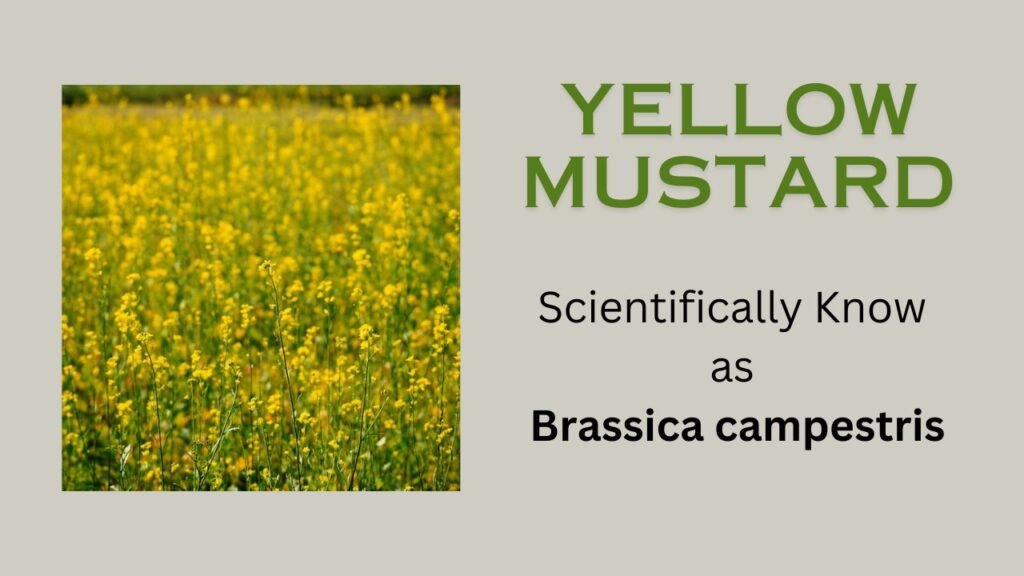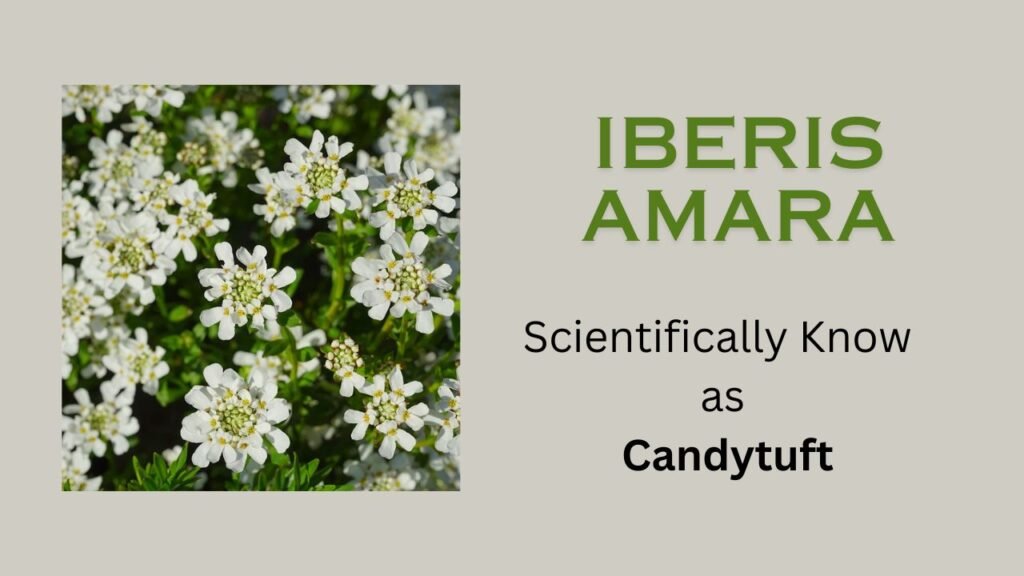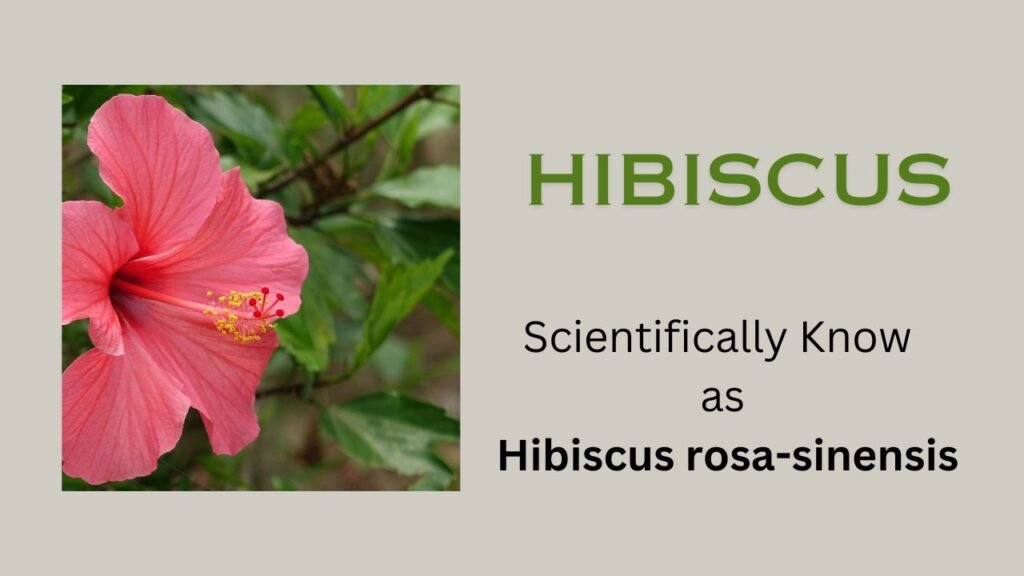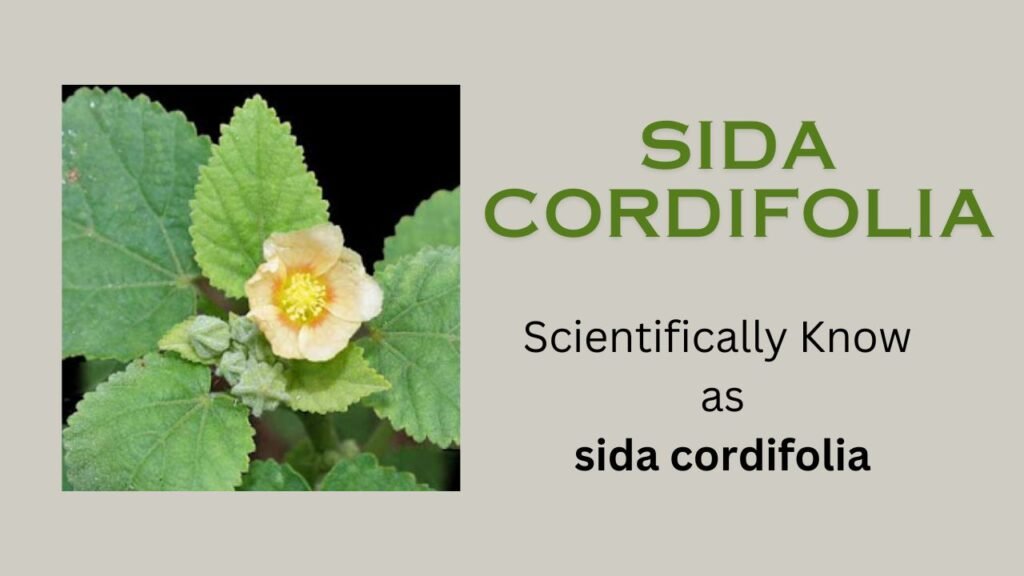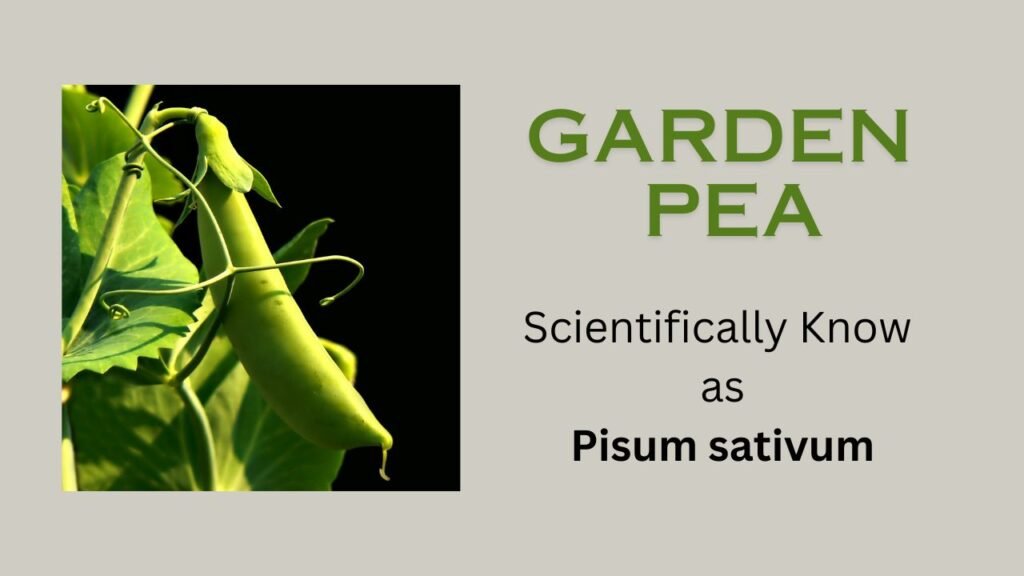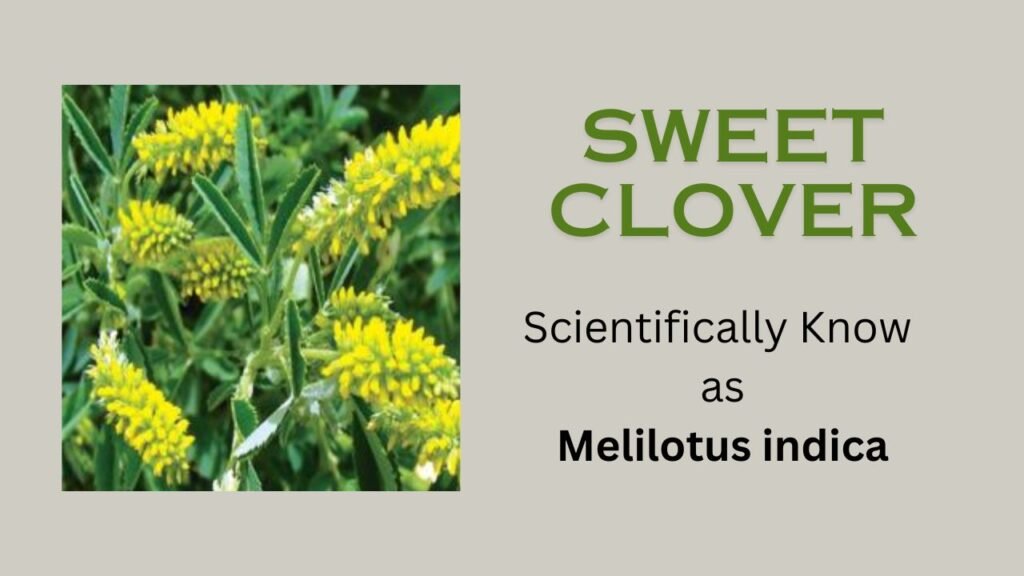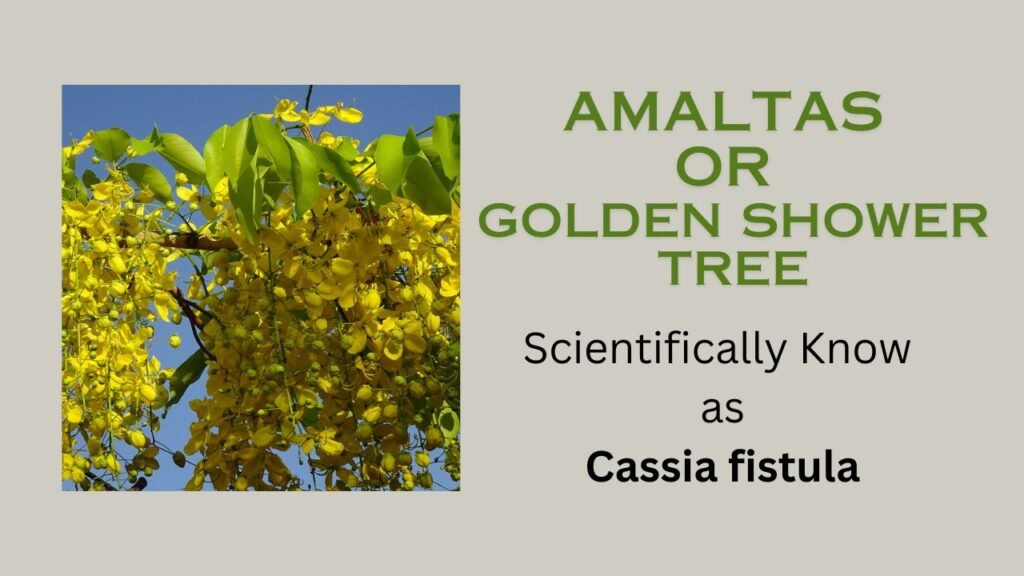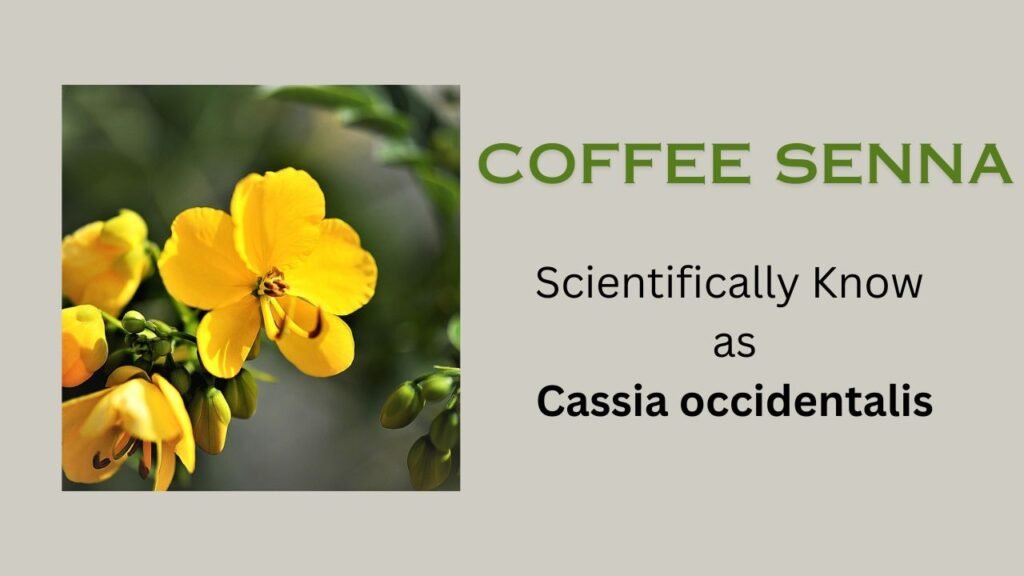Cotton (Gossypium spp.) is a soft, fluffy natural fiber obtained from the seeds of the cotton plant. It grows on the seed pods of the cotton plant. It is a member of the Malvaceae family. Cotton is native to tropical and subtropical regions and is one of the world’s most important fiber crops. It is widely used in the textile industry. The cotton plant is usually cultivated as an annual shrub with broad, lobed leaves and large, showy flowers. After flowering, it forms a pulp, which, when cracked, yields white fibers known as cotton lint. Apart from textiles, cotton seeds are used for oil extraction and animal feed, making it an economically valuable crop.

Scientific Name: Gossypium spp.
Some Basic Information about Cotton (Gossypium spp.)
Habit – A perennial shrub (cultivated as an annual herb); medium-sized, bushy plant.
Root – Tap root system, well developed and deep penetrating.
Stem – Erect, branched, cylindrical, woody at base, green and herbaceous in young plants, covered with fine hairs (pubescent).
Leaf – Petioled, alternate, palmately lobed (usually 3–7 lobes), margin serrate or entire, stipulate, unicostate reticulate venation.
Inflorescence – Solitary axillary or sometimes fascicled (clustered).
Flower – Bracteate, pedicellate, complete, regular, actinomorphic, bisexual, hypogynous, large and showy, white or yellow with a purple center, turning pink after anthesis.
Calyx – Sepals 5, gamosepalous, forming a small cup, valvate aestivation, surrounded by an epicalyx (a whorl of 3 large leafy bracts).
Corolla – Petals 5, polypetalous, large, funnel-shaped, twisted (contorted) aestivation.
Androecium – Numerous stamens, monadelphous (filaments united into a staminal tube), anthers dithecous, introrse.
Gynoecium – Pentacarpellary, syncarpous, ovary superior, pentalocular (5 chambers), axile placentation, one style with 5 stigmas.
Fruit – Capsule (loculicidal dehiscent), called a boll, which splits open to expose the fibrous seed hairs (cotton lint).
Floral Formula – Br ⚥ ⊕ Epi K(5) C5 A(∞) G(5)
Systematic Position (According to Bentham & Hooker)
Division – Phanerogamia
Subdivision – Angiospermae
Class – Dicotyledonae
Subclass – Polypetalae
Series – Thalamiflorae
Order – Malvales
Family – Malvaceae
Genus – Gossypium
Species – Gossypium hirsutum (most widely cultivated species)
Other species include: G. arboreum, G. barbadense, G. herbaceum

